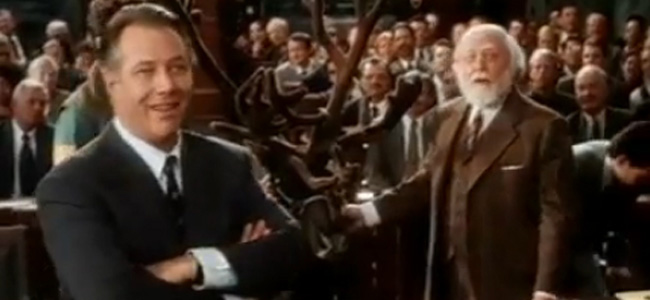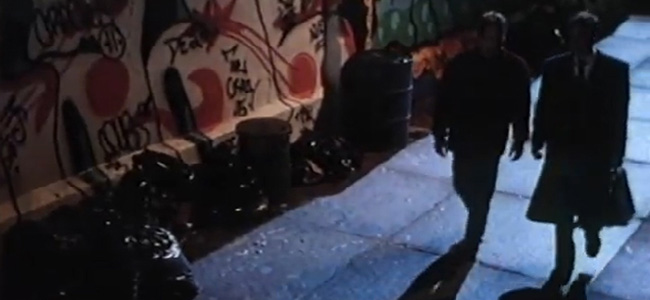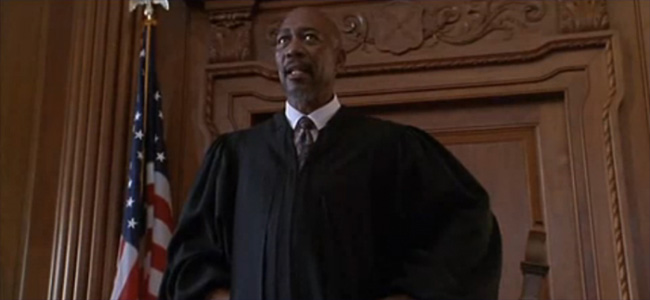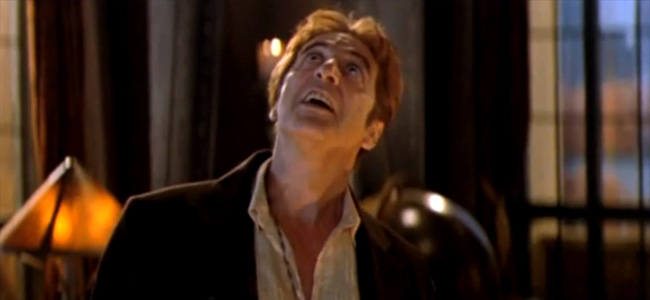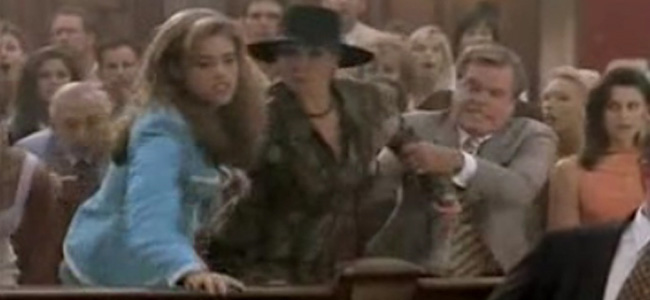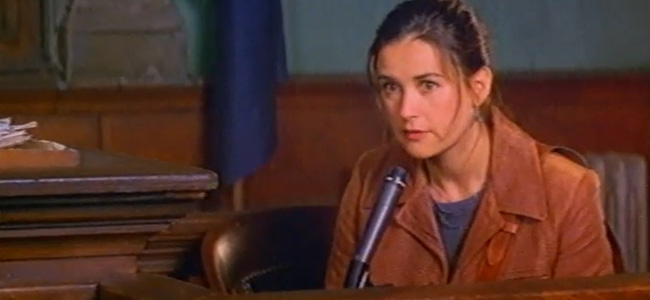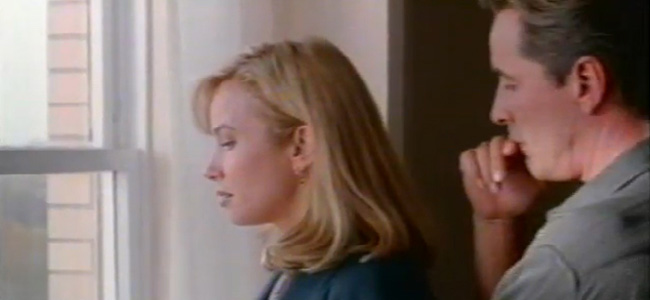I’m a total sucker for legal dramas. When done well, it’s a great format to build suspense and make important social statements. When done poorly, courtroom dramas can range from painful, to hilarious, to downright irresponsible with facts and details of legal procedure. Unfortunately, courtroom dramas are often absurdly bad, so we decided to take a look at some of the films with the most unlikely courtroom scenes relating to courtroom procedure, attorney conduct, or legal realities. Take a look, and let us know what we missed in the comments.
Chicago
The title city’s reputation for being corrupt is well known, but in this popular musical (which was re-imagined in 2002 to major Academy Award success) there appears to be little rhyme or reason to the courtroom scenes besides an insatiable appreciation for fame. When Roxie Hart’s lover fails to make her a Vaudeville star, she overreacts a tad and shoots him three times. Hart’s husband later decides not to take the fall, so she turns to Richard Gere, who returns to one of his most familiar roles: morally corrupt defense attorney. Gere represents Hart in what is somehow established as a foolproof tactic that has worked for many past clients: boosting their fame factor in order to arouse public sympathy and get them exonerated. The public learns to love Hart and (though this is hardly explained), their sympathy ends up getting her exonerated of all charges. Oh, and attorneys and witnesses are known to burst out into song…without being held in contempt.
Miracle on 34th Street
By itself, the premise of this classic Christmas film is unbelievable: Santa Claus is on trial in New York City. Still, one wonders if writer/director George Seaton considered injecting the classic Christmas story with realistic legal details. It appears not, as the film’s climactic courtroom scene is chalk full of bizarre legal assumptions and judicial antics. This begins when the incompetent district attorney rests his case against Kris Kringle when he states that he is, in fact, the real Santa Claus. When the case heats up due to popular support for Mr. Kringle (mostly thanks to a few cute kids), the DA then appeals to the conventional wisdom that Santa Claus is not real. This point falters when Kringle’s shrewd lawyer calls the DA’s son to the stand, who asserts that Santa Claus is real because his dad said so, and “my daddy would never tell a lie.” The DA appears to favor his child’s innocence over winning the case, because he concedes the point, which leads the judge to rule in Santa Claus’ favor on Christmas Eve.
Sleepers
This 1990s tense legal drama focuses on childhood friends who were arrested after robbing and almost killing a hot dog vendor in 1960s New York City. They are sent to juvenile detention and repeatedly abused and raped by the guards. As grown-up ne-er-do-wells, the Rod Eldard and Billy Crudup characters kill one guard on the street. This leads another friend, now an assistant District Attorney played by Brad Pitt, to fight for their freedom by manipulating the court system. This battle requires the perjured testimony of their childhood priest, played by Robert De Nero, who gives the killers an alibi for the night of the murder. After the film hit theaters, the Manhattan District Attorney’s office denied that events in the film actually took place. Clearly, they have an interest in making this claim. But taking the unlikely events and courtroom scenes into account, it’s safe to bet that the film fudged factual details…or the whole story.
Bonfire of the Vanities
This pretty-good, sprawling Tom Wolfe novel was turned into an awful film by Brian De Palma. A multi-plot story about class and racial tensions in 1980s New York City, the film adaptation of Bonfire was bound to have social implications. Behind-the-scenes squabbling about the film’s portrayal of black and Jewish characters was documented in The Devil’s Candy by Julie Salamon. But these complaints also impacted the film, and led to one of the most bizarre judicial speeches in courtroom drama history. Worried that the judge’s racially insensitive ruling would upset an already disgruntled audience, the studio replaced actor Alan Arkin with Morgan Freeman and added a moralistic monologue that would make your kindergarten teacher blush. The speech culminates with Freeman’s reminder “decency is what your grandmother taught you… so go home and be decent people.”
The Devil’s Advocate
This mid-nineties legal thriller starring Al Pacino and Keanu Reeves takes the plight of the disgruntled worker too far, as it depicts a young associate who soon finds out that his boss is the devil himself. The devil is attracted to Reeves’ character’s work decimating the credibility of a rape victim in order to let his guilty client go free. At the devil’s firm, he is swayed by absurd salaries and other perks to ruthlessly defend a corporate billionaire accused of murdering his family, and a voodoo sorcerer who regularly sacrifices animals. From there, it gets more absurd, as Pacino pushes Reeves to more morally decrepit depths, culminating when he asks the young associate to have a child — the anti-christ – with his half sister. Citing free will, Reeves commits suicide, which jolts him back to the initial trial in which he was defending the pedophile. Despite threats of disbarment, Reeves refuses, which leads to Pacino looking into the camera and asserting “vanity, definitely my favorite sin.” …What?
Wild Things
If you know anything about this film, you probably know that it should not be taken seriously in the first place. Wild Things, the story of a high school guidance counselor accused of raping two students, is packed with awful acting, bad writing, and predictable plot twists. But its courtroom scenes take special liberties with legal procedure and acceptable human interaction. This culminates with perhaps the most unlikely courtroom scene of all time, which The Onion describes as “a hilarious free-for-all, with Bill Murray in a phony neck brace, Richards hurling a glass of water across the room, and Robert Wagner emerging from the gallery to step up to the prosecutor’s table.” Better yet, the scene ends with a furious Richards hurling expletives at Neve Campbell across the courtroom. The scene is not to be missed.
The Juror
You know in films, when an unfortunate action seems like the only option simply because Alec Baldwin said it? That’s the case in the 90s Demi Moore flick The Juror, which involves a pre-30 Rock Baldwin threatening Moore’s character to convince a jury to acquit a well-known mob boss. Frightened, Moore’s character obliges, and the mob boss is let free. This is unlikely for a few important reasons. First of all, juries consist of a dozen people and are (unfortunately) easily swayed by public opinion. So even if she votes to acquit the mob boss, convincing a majority of the other jurors that he is innocent is a much more daunting and unlikely task. But she succeeds, supposedly saving the life of herself and her child (who later became that kid from 500 Days of Summer). Next, a lot of crazy things happens that involve Baldwin killing a lot of people and [spoiler alert] Moore killing Baldwin.
Guilty as Sin
Jennifer Haines, a young Chicago attorney is on top of the world. But of course, in the tradition of all bad legal dramas, that only means she has a longer distance to fall. This process begins when she inexplicitly takes the case of David Greenhill (Don Johnson!), a suave defendant accused of murdering his wife. Haines’ investigator looks into him, and strongly cautions against taking the case. Haines doesn’t like Greenhill any more, but also doesn’t like being told what to do. So she takes the case… just because she feels like it. Inevitably, Haines finds her new client’s skeletons: that he has a history of seducing older women and murdering them. This leads Haines to plead with the judge to let her drop the case, and even plant evidence in Greenhill’s house that would get him put into jail. Greenhill is eventually let go, but threatens Haines, knowing that she planted the evidence. The film culminates with a struggle that leaves both Greenhill and Haines falling from a building. Greenhill was on the bottom so, of course, he was the only one who died. The film ends with the best possible one-liner: “it was a tough case, but I beat him.”


